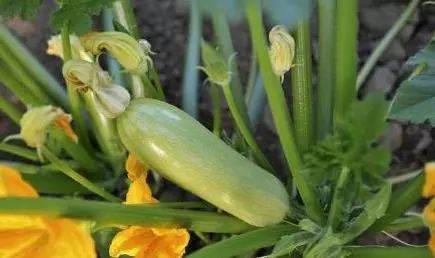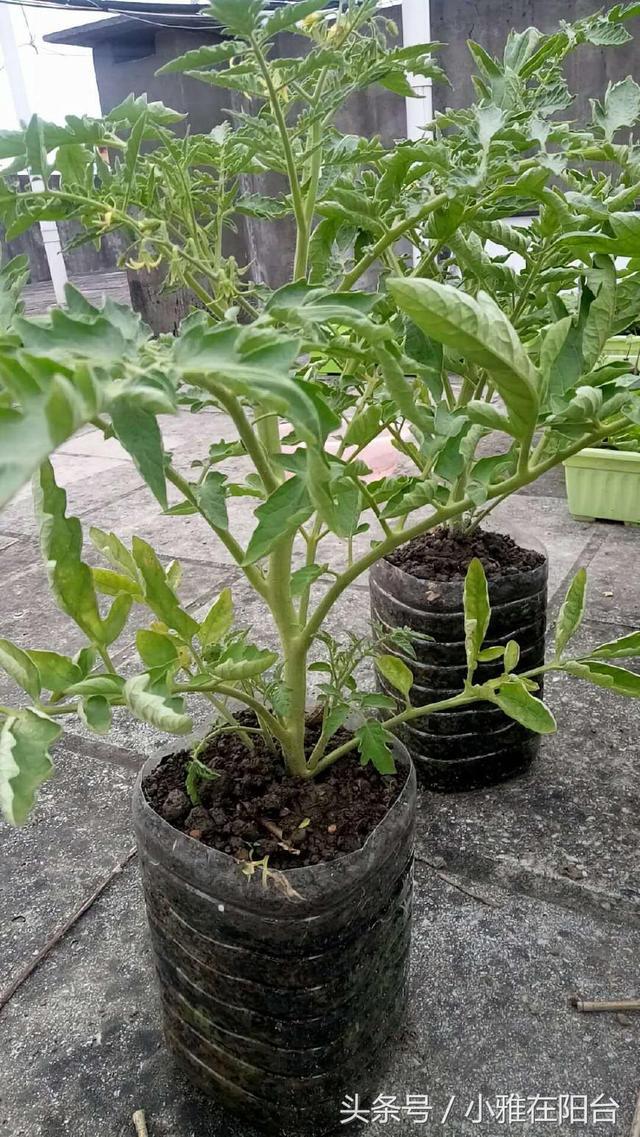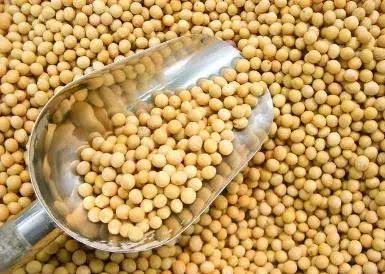Pumpkin seedlings grow vigorously but do not bear pumpkins, which is worrying the growers.

Pumpkin is called Japanese melon on our side. Cooking and porridge are all very good ingredients. Pumpkins grow crazy but don't bear melons, what should I do? It reveals a lot of confusion among melon farmers-- how can pumpkins bear melons? However, the scientific development of agriculture believes that when we encounter problems in the process of production, we first think of what is the cause of the problem, and then analyze the problem and find a solution.
So, let's take you to sum up the reasons why pumpkins don't pick up pumpkins and how to deal with them.
The reason why pumpkins don't pick up pumpkins:
First, when pumpkins grow to a certain period of time, if the ambient temperature is right, they will begin to blossom and bear fruit. If they only blossom but do not bear fruit, the most common reason is lack of nutrition. Just imagine that pumpkins are under pressure to survive. There is no intention to reproduce the next generation.
Second, too much nitrogen fertilizer, resulting in excess vegetative growth, no reproductive growth, vines grow thick, strong and dense, but do not blossom and bear fruit, which has a lot to do with improper fertilization, resulting in excess nitrogen fertilizer.
Third, the lack of sunlight, pumpkin is a sunny crop, sufficient light, good growth, fast growth and good quality of fruit, if the vine is too dense, affecting the light, it is disadvantageous to the flowering and fruiting of pumpkin.
Fourth, the temperature is not suitable, the suitable temperature for pumpkin growth and development is 18 to 32 ℃, the requirements for flowering and fruit growth are higher than 15 ℃, and the optimum temperature for fruit development is 22 to 27 degrees Celsius. In the optimum temperature, low temperature is beneficial to the formation of female flowers. Fifth, the lack of pollination, sperm and eggs do not meet how to produce the next generation?
In view of the above reasons, the following measures can be taken for prevention and control:
First, in view of the lack of nutrition, we can apply balanced fertilization, when planting pumpkin, the base fertilizer is mainly organic fertilizer, combined with nitrogen, phosphorus and potassium compound fertilizer. About 3000kg per mu of organic fertilizer, supplement of nitrogen, phosphorus and potassium compound fertilizer 15kg, topdressing is mainly available nitrogen fertilizer, combined application of phosphorus fertilizer and potassium fertilizer, topdressing nitrogen fertilizer is mainly applied at seedling stage, and nitrogen, phosphorus and potassium fertilizer is added at the same time.
Second, in view of the excess nitrogen fertilizer, we can take appropriate methods to increase the application of phosphate fertilizer and potassium fertilizer for prevention and control. In addition, to prevent the overgrowth of vines caused by too much nitrogen fertilizer, you can take off the top, cut the gap in the root and add substances such as charcoal or agarose that can absorb auxin.
Third, in view of the lack of sunlight, we can build scaffolding for pumpkins, pick old leaves and yellow leaves for improvement.
Fourth, in view of the inappropriate temperature, we can strengthen the temperature and humidity management of the greenhouse to improve. If there is no greenhouse, we can carry out fertilizer and water management according to the weather conditions, postpone or advance the reproductive growth of pumpkins. Let it blossom and bear fruit at the most suitable temperature.
Fifth, in view of the lack of pollination, we can use artificial pollination, shine the male flowers on the different plants on the female flowers, remove them in three days, or put an appropriate amount of bees in the greenhouse to help pollinate.
There are many reasons why pumpkins do not pick up pumpkins, but the real reason is only one or two of them. As long as growers observe and think carefully and take measures to deal with the disease, it is not difficult to obtain high-yield and high-quality pumpkins.
The above comes from promoting agriculture through science.
- Prev

Don't lose the empty oil kettle. You can't finish growing chili peppers and spring onions one by one.
For friends who like to grow vegetables, if there is a small yard, it is good to have a vegetable field. However, as long as there is a balcony and a small terrace at home, you can grow a lot of vegetables without a flowerpot. If you can't find a container for growing vegetables, go to the kitchen and have a look.
- Next

Why hasn't this soybean variety been promoted with a yield of 280 kilograms per mu?
Recently, the yield of high-protein soybean variety "Heinong 84" cultivated in Heilongjiang Academy of Agricultural Sciences was tested, and the average yield per mu was 280 kg, more than twice the average yield per mu in Heilongjiang Province. I'm afraid there are a lot of reports like this.
Related
- Wuhan Hospital Iron Tree Blooming Result Was Instantly Frightened by the Gardener Master
- Which variety of camellia is the most fragrant and best? Which one do you like best?
- What is the small blue coat, the breeding methods and matters needing attention of the succulent plant
- Dormancy time and maintenance management of succulent plants during dormancy
- Minas succulent how to raise, Minas succulent plant pictures
- What are the varieties of winter succulent plants
- How to raise succulent plants in twelve rolls? let's take a look at some experience of breeding twelve rolls.
- Attention should be paid to water control for succulent plants during dormant period (winter and summer)
- Watering experience of twelve rolls of succulent plants
- Techniques for fertilizing succulent plants. An article will let you know how to fertilize succulent plants.

